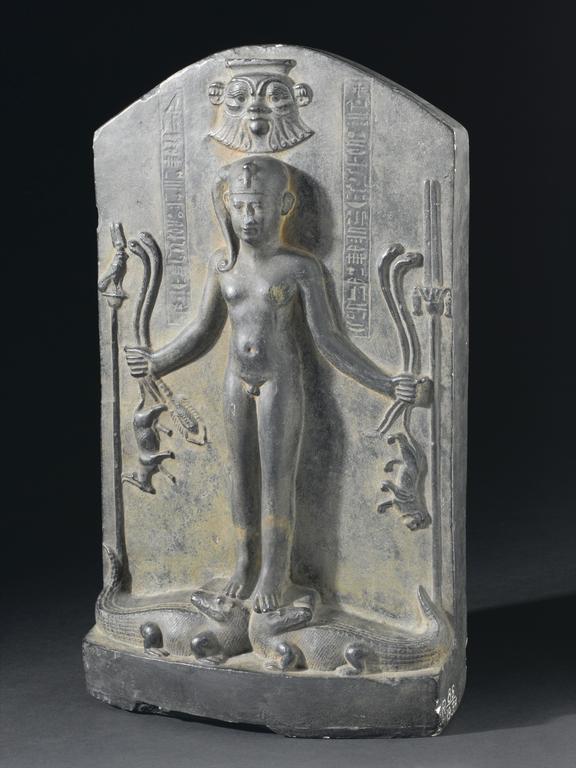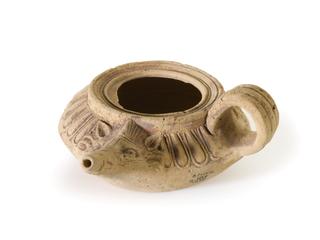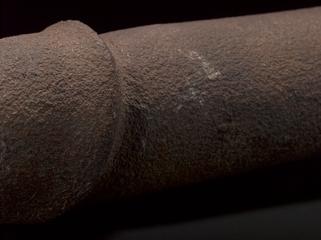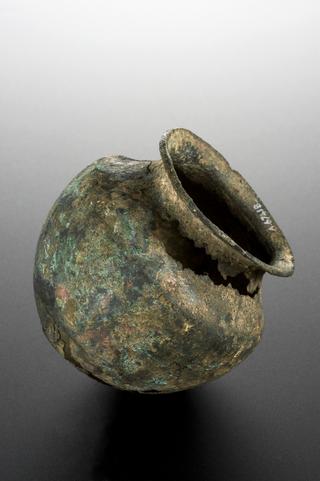

Painted plaster copy of a cippus depicting Horus, used to ward off wild animals, Egyptian, 1000BC-200BC
A cippus is normally a road or tomb marker. This example was said to have been used to ward off wild animals or cure poisonous bites. Horus, the son of Egyptian gods Isis and Osiris, was saved by the gods from the deadly sting of a scorpion, acquiring the skill to cure poisonous bites in the process. Here, Horus is shown standing on crocodiles and holding snakes.
This copy was purchased by one of Henry Wellcome’s agents, Captain P Johnston-Saint, in Cairo, Egypt, in 1933. The original, dating from 1000-200 BCE, is at the Egyptian Museum in Cairo.
Details
- Category:
- Classical & Medieval Medicine
- Collection:
- Sir Henry Wellcome's Museum Collection
- Object Number:
- A634854
- Measurements:
-
overall: 435 mm x 252 mm x 100 mm, 6.214 kg
- type:
- cippus
- credit:
- Egyptian Museum




